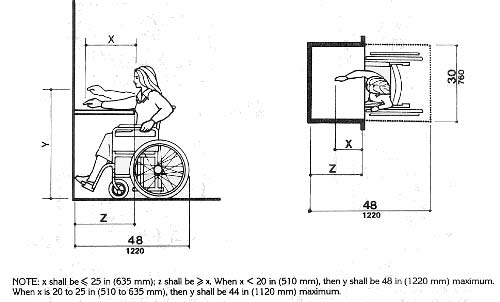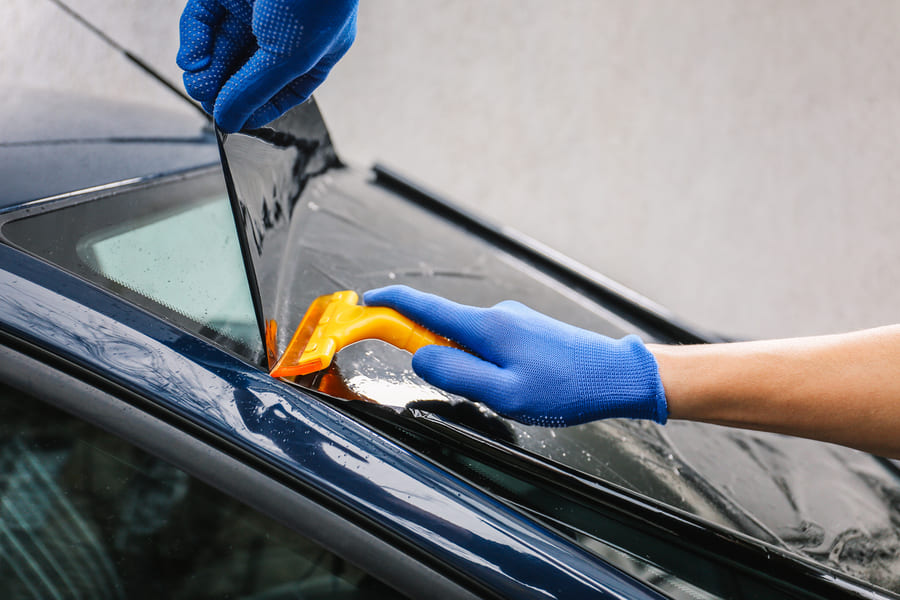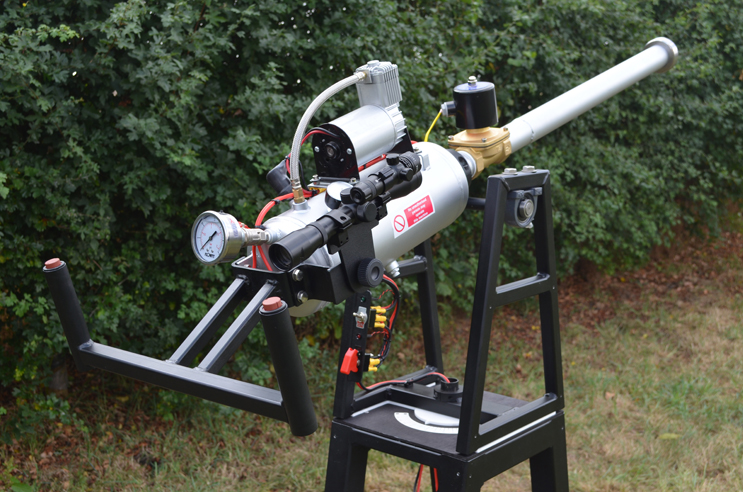Salt lamps, made from sturdy Himalayan salt, can last indefinitely with the right care, so they’re a great long-term addition to your space. To keep them in top shape, make sure they stay dry and give them a gentle wipe with a cloth. As for energy use, salt lamps are pretty efficient, often using low-watt bulbs, but you can switch to an LED for even better efficiency. Curious about making the most of your salt lamp?
Understanding the Composition of Salt Lamps
When you immerse yourself in the world of salt lamps, understanding their composition is key to appreciating their unique charm and benefits. Salt lamps are crafted from large chunks of Himalayan salt, rich in mineral properties that give them their distinct pinkish hue. The salt composition consists of 98% sodium chloride and traces of minerals like magnesium and potassium, which contribute to its color and texture. For more information on salt lamps and to explore a range of products, visit saltlights.co.uk.
You’ll find these lamps not only aesthetically pleasing but also functional, as they’re believed to purify the air by attracting water molecules.
To care for your lamp, keep it away from moisture, as salt can absorb humidity, leading to erosion. Placing it on a sturdy surface guarantees stability while it glows warmly in your space.
Typical Lifespan of Salt Lamps
Salt lamps are a unique addition to any home, and you’ll be pleased to know that they can last for a very long time with the right care.
When it comes to salt lamp durability, these charming items are made from large chunks of Himalayan salt, which are naturally resilient. With proper maintenance, you can set your lifespan expectations high, as salt lamps can last indefinitely.
The salt itself won’t lose its shape or effectiveness over time, but it’s crucial to handle it gently. To guarantee your lamp endures, avoid exposing it to moisture, which can cause erosion.
Regularly clean it with a dry cloth, and keep it in a stable location. By following these simple steps, you’ll enjoy your salt lamp for years.
Factors Affecting the Longevity of Salt Lamps
To guarantee your salt lamp lasts as long as possible, pay attention to the quality of the salt crystals and how you maintain it.
High-quality crystals are more durable and resistant to moisture, which can cause your lamp to deteriorate over time.
Regularly wiping your lamp with a dry cloth, keeping it away from humid areas, and turning it off when not in use can greatly extend its lifespan.
Quality of Salt Crystals
A key factor in determining how long your salt lamp will last is the quality of the salt crystals used. When you choose a lamp made from high salt crystal purity, you’re investing in its longevity.
Pure salt crystals, especially those from the Himalayan salt origin, are less likely to crumble or degrade quickly. These crystals are more robust and resistant to moisture, which can help your lamp maintain its shape and glow over time.
To guarantee your salt lamp’s longevity, look for ones that specify their Himalayan salt origin. This assures that you’re getting a high-quality product.
Usage and Maintenance Practices
While the quality of your salt lamp’s crystals plays a big role in its lifespan, how you use and care for it is just as important.
Regular usage frequency helps the lamp maintain its structural integrity. When you keep the lamp on, it stays warm, reducing moisture build-up that can cause the salt to dissolve.
Be mindful of lamp placement, too. Put it in a dry room to avoid excess humidity, which can shorten its life.
Dust your lamp gently with a dry cloth to keep it clean, enhancing its glow and longevity. Avoid placing it near windows or bathrooms, where moisture is common.
Maintenance Practices to Extend Salt Lamp Lifespan
Even though salt lamps are known for their calming glow and purported health benefits, proper maintenance is key to ensuring they last as long as possible.
Start with cleaning techniques; gently wipe your lamp with a damp cloth to remove dust and dirt. Avoid using harsh chemicals, as they can damage the salt. Once cleaned, make sure the lamp is thoroughly dry to prevent any moisture-induced erosion.
Another important aspect is bulb replacement. Always have spare bulbs on hand and replace them promptly when they burn out to avoid prolonged inactivity, which can lead to moisture absorption.
Analyzing the Energy Consumption of Salt Lamps
Understanding the energy consumption of salt lamps can help you make informed decisions about their use in your home.
Salt lamps generally have low energy consumption because they use small, low-wattage bulbs, typically around 15 watts. These bulbs provide a gentle, warm light output, perfect for creating a cozy atmosphere without markedly increasing your electricity bill.
To maximize efficiency, make sure your lamp is turned off when not in use.
Consider using energy-efficient LED bulbs compatible with your salt lamp, as they consume even less power while maintaining a similar light output.
Comparing Salt Lamps to Other Lighting Options
When comparing salt lamps to other lighting options, it’s important to contemplate both aesthetics and function.
Salt lamps offer unique advantages, like their warm, amber glow, which creates a cozy ambiance in any room. In contrast, traditional lighting alternatives, such as LED or fluorescent bulbs, often emit harsh, bright light that mightn’t be as soothing.
Additionally, salt lamps can purify the air by releasing negative ions, adding another layer of appeal. They may not be the brightest option, but they shine in creating a relaxing atmosphere.
While LEDs are energy-efficient and last longer, the distinct charm of a salt lamp can make it a pleasant addition to your home, providing both stylistic and health benefits that are hard to ignore.
Tips for Choosing an Energy-Efficient Salt Lamp
Choosing an energy-efficient salt lamp can feel rewarding, especially when you know what to look for. Start by considering salt lamp brightness. Opt for a lamp with adjustable brightness settings, allowing you to tailor the light level to your needs, which helps conserve energy.
Next, think about lamp size selection. A larger lamp might provide more light but could use more energy. If you’re lighting a smaller space, a compact lamp might be the better choice.
Additionally, look for lamps with LED bulbs, as they consume less power and last longer than traditional bulbs. Finally, check if the lamp has a dimmer switch, enabling you to control energy use further, enhancing both efficiency and longevity.


























